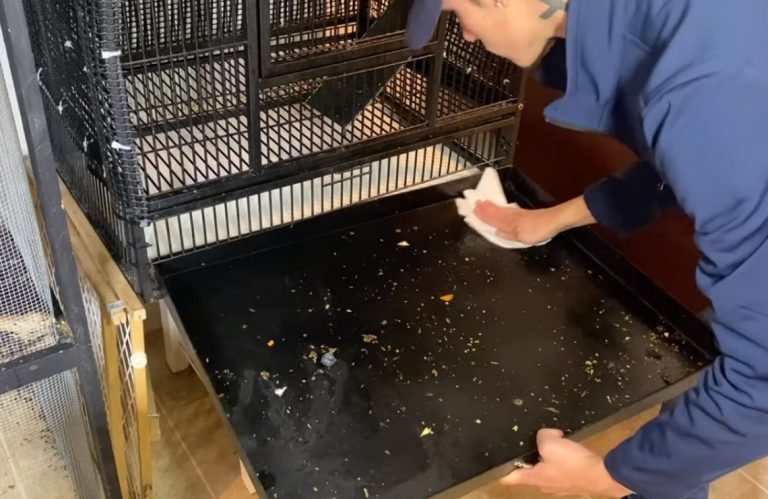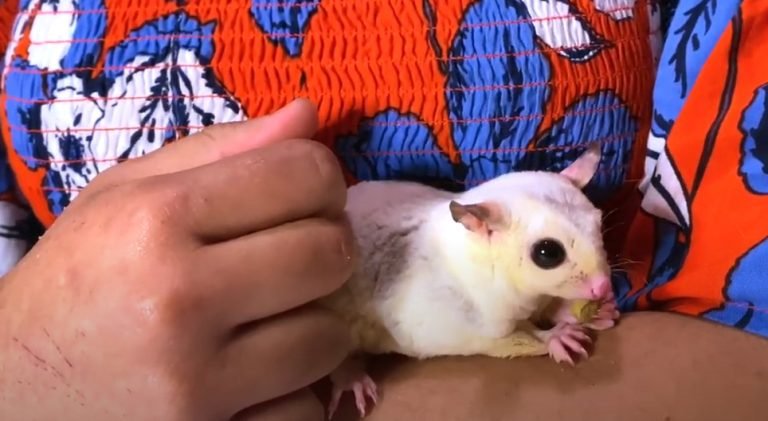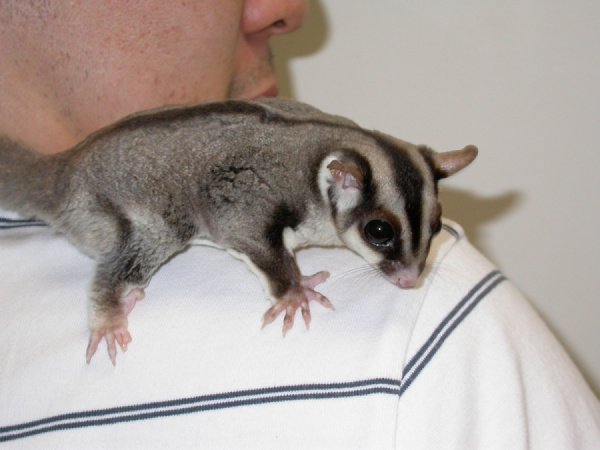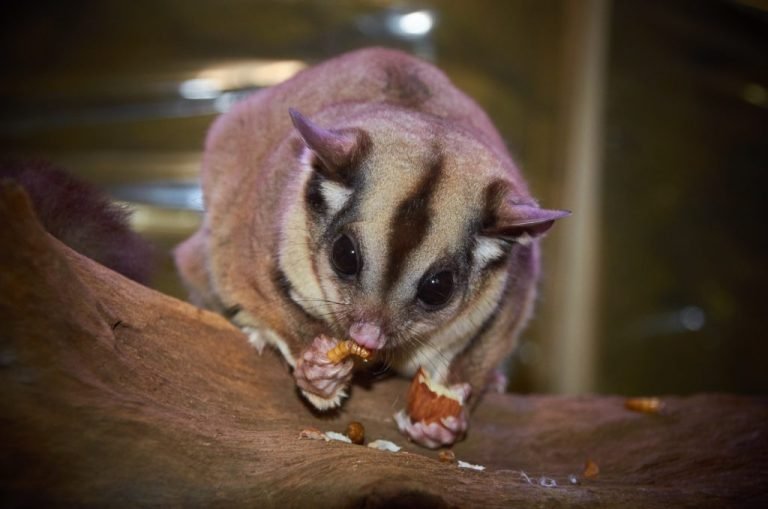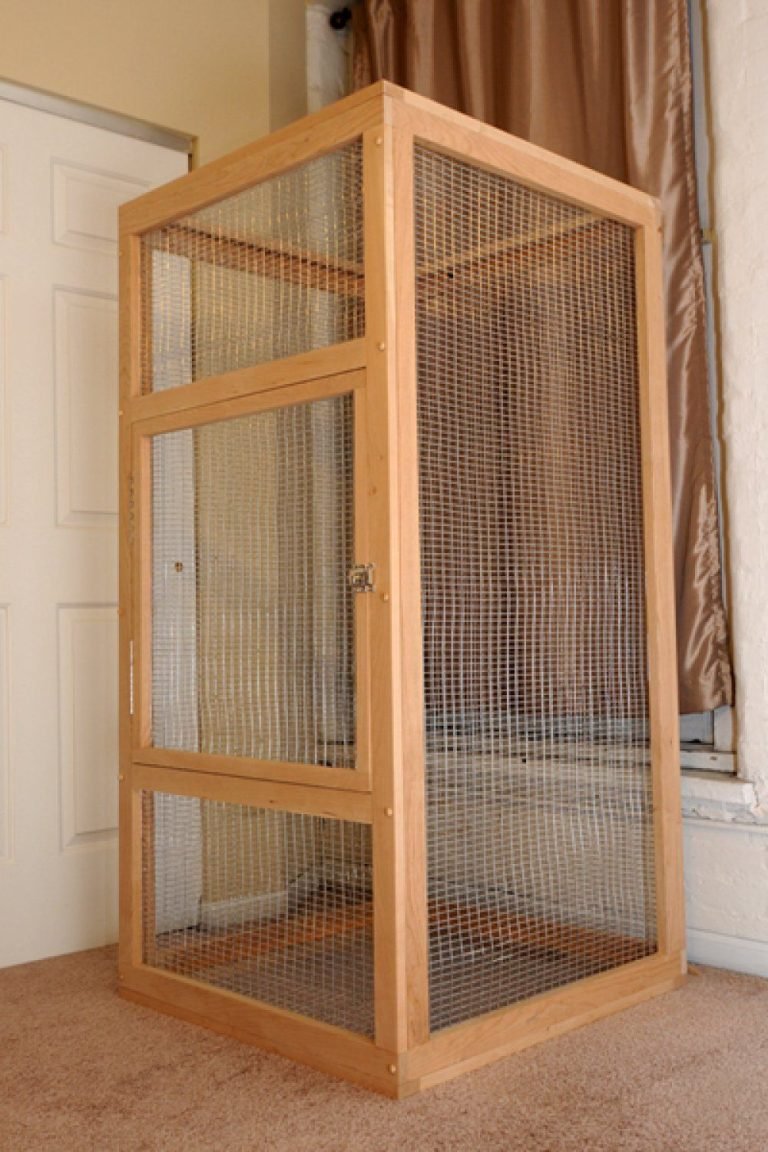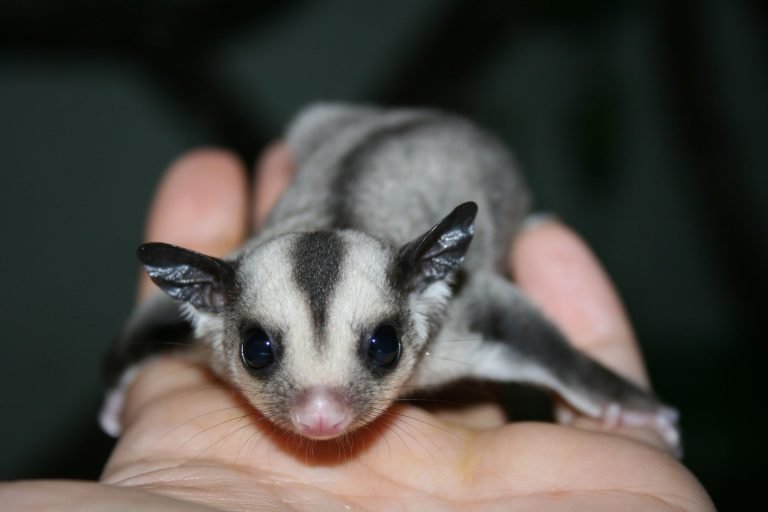Platinum Sugar Glider
Platinum Sugar Glider: Unveiling the Mystique of an Exquisite Pet Companion
Have you ever heard of a Platinum Sugar Glider? If you’re not familiar with this enchanting creature, prepare to be amazed. The Platinum Sugar Glider is a rare and captivating variant of the beloved Sugar Glider, known for its shimmering silver coat. In this article, we will delve into the fascinating world of the Platinum Sugar Glider, exploring its unique characteristics, care requirements, and why it has become such a sought-after pet. So, let’s embark on this magical journey together.
What is a Platinum Sugar Glider?
At first glance, the Platinum Sugar Glider resembles its Sugar Glider relatives, but with a striking difference – its mesmerizing silver fur. The Platinum variant, affectionately referred to as “Plat” by enthusiasts, boasts a genetic mutation that has resulted in its stunning appearance. This rare coloration adds an air of exclusivity to an already alluring pet, making it highly coveted among Sugar Glider enthusiasts.
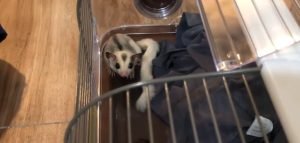
The Appeal of the Platinum Sugar Glider
The Platinum Sugar Glider has charmed pet owners around the world for several reasons. Let’s explore some of the factors behind its undeniable appeal.
Aesthetic Beauty
The most apparent reason for the Platinum Sugar Glider’s popularity is its breathtaking beauty. The silver coat, often finished off with hues of cream or white, makes this variant a striking sight to behold. The shimmering fur gives off an ethereal glow, creating a breathtaking visual experience for owners and admirers alike.
Rare and Unique
The rarity of the Platinum Sugar Glider adds to its allure. This color mutation occurs naturally in the wild but is incredibly rare, making it difficult to come across. The exclusivity of owning a Platinum Sugar Glider sets it apart from other more common variants, elevating its desirability among collectors and enthusiasts.
Bonding Opportunities
Sugar Gliders, including the Platinum variant, are known for their sociability and ability to form strong bonds with their owners. These tiny marsupials thrive on companionship, and their playful nature makes them excellent companions. Owning a Platinum Sugar Glider can provide a unique opportunity for a deep and nurturing bond with a captivating pet.
Conversation Starter
If you enjoy being at the center of attention and sparking conversations, owning a Platinum Sugar Glider can be a wonderful ice-breaker. Their rare appearance often elicits curiosity and intrigue, giving you an opportunity to educate others about these enchanting creatures and their unique genetic mutation.
Caring for a Platinum Sugar Glider
While the Platinum Sugar Glider might look like a mythical creature, its care requirements are similar to those of a regular Sugar Glider. Proper care and attention are essential to ensure the health and well-being of your pet. Let’s take a closer look at what it takes to provide a loving and nurturing environment for your Platinum Sugar Glider companion.
Recreating their Natural Environment
To keep your Platinum Sugar Glider healthy and happy, it is crucial to recreate their natural habitat as closely as possible. This includes providing a spacious, multi-level cage with plenty of branches, perches, and hammocks for them to explore and play on. Additionally, offering a variety of toys and puzzles will help keep their active minds engaged.
Appropriate Diet
Proper nutrition is vital for the well-being of your Platinum Sugar Glider. Their diet should consist of a balanced mix of fresh fruits, vegetables, and a source of protein, such as commercial Sugar Glider food or a specially formulated pellet diet. Treats should be given in moderation, and it’s important to avoid foods that can be harmful to their health, such as chocolate or caffeine.
Bonding and Socializing
Building a strong bond with your Platinum Sugar Glider requires time, patience, and consistency. Regular handling, gentle petting, and interactive play sessions are crucial to develop trust and a sense of security. Socializing your Glider early on will help them become more comfortable and relaxed around you, enhancing your companionship experience.
Frequently Asked Questions
Now, let’s address some common questions that arise when exploring the world of Platinum Sugar Gliders.
1.Can Platinum Sugar Gliders live with other Sugar Glider variants?
Yes, Platinum Sugar Gliders can coexist with other Sugar Glider variants, including the standard gray and mosaic versions. With proper introductions and monitored interactions, they can form bonds and become part of a harmonious colony.
2.How long does a Platinum Sugar Glider live?
On average, Sugar Gliders, including the Platinum variant, have a lifespan of 12 to 15 years when provided with the appropriate care, diet, and environment. With attentive care and regular visits to a veterinarian specializing in exotic pets, they can live even longer.
3.Are Platinum Sugar Gliders endangered?
No, Platinum Sugar Gliders are not considered endangered. While they are rare to find in the wild due to their unique genetic mutation, captive breeding programs have helped maintain their population and ensure their continued presence in the pet trade.
Final Thoughts
The Platinum Sugar Glider is undoubtedly a captivating and awe-inspiring pet companion. Its rarity, aesthetic beauty, and potential for deep bonds make it highly sought after by enthusiasts around the world. However, it’s important to remember that owning any pet requires a significant commitment of time, resources, and love. Before considering a Platinum Sugar Glider as a pet, it is crucial to research and understand their care requirements fully. With the right information and dedication, you can embark on an incredible journey with these exceptional creatures and experience the joys of welcoming a rare and enchanting pet into your life.


